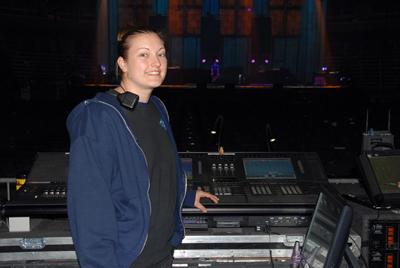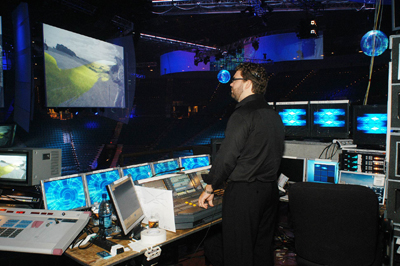Doug Holder interviews his brother Don Holder, lighter of The Lion King
[The Lion King is celebrating its 10th anniversary this year. Having recently opened in the Montecasino Theatre in northern Johannesberg, South Africa, and another opening slated for Paris in October, the production will have played in 11 different countries worldwide. There are currently eight productions of the show, including Broadway, the West End, Hamburg, Tokyo, Seoul, two U.S. national tours and Johannesburg, making it a global phenomenon. In recognition of his stellar work lighting the show, we bring you an interview with lighting designer Don Holder conducted by his brother Doug.—ed.]
When we were kids, my brother Don (or Donnie, as I still call him) was always involved in a frenzy of activity. In high school, in Rockville Centre, N.Y., he was like a hyperactive Mickey Rooney, running from one project to the next. And now at 49, he hasn’t changed.









